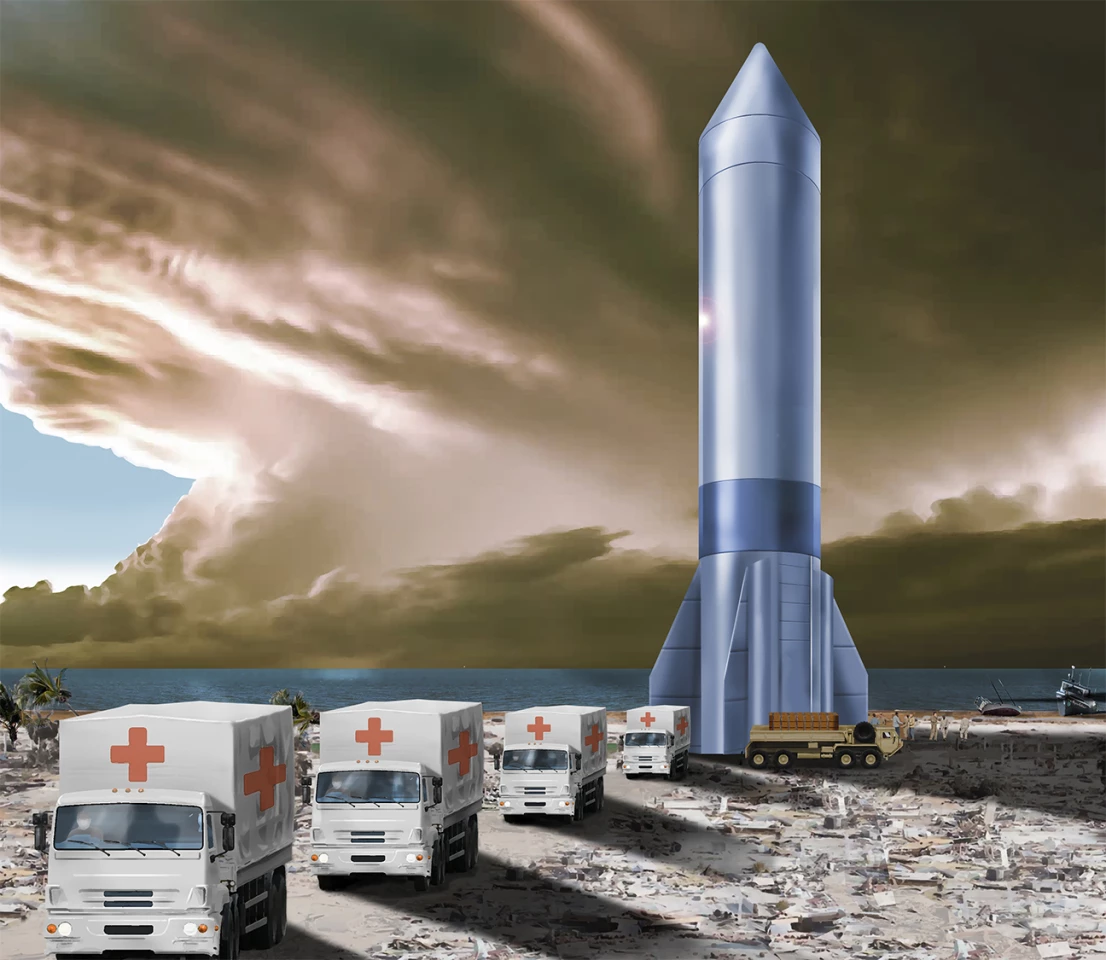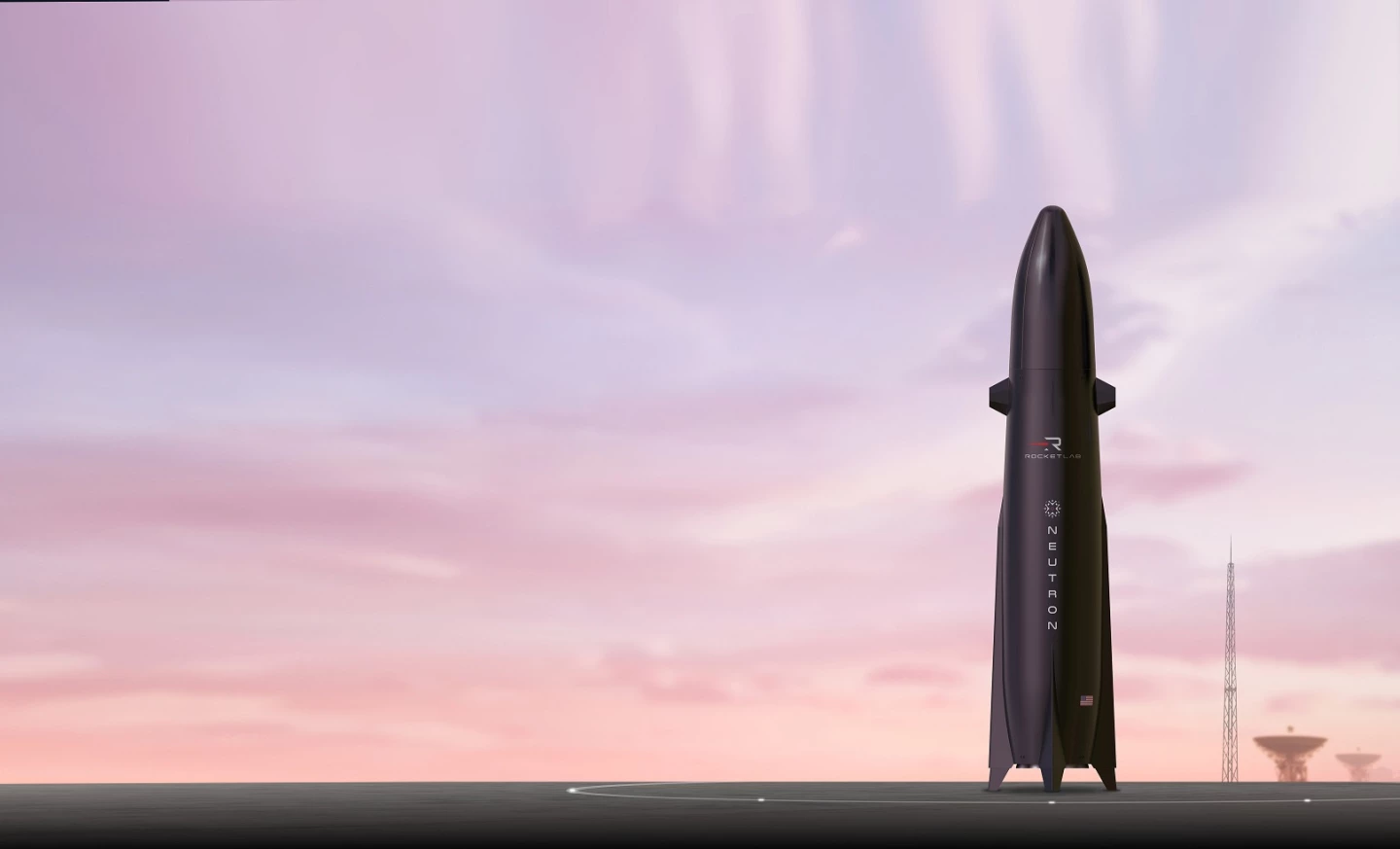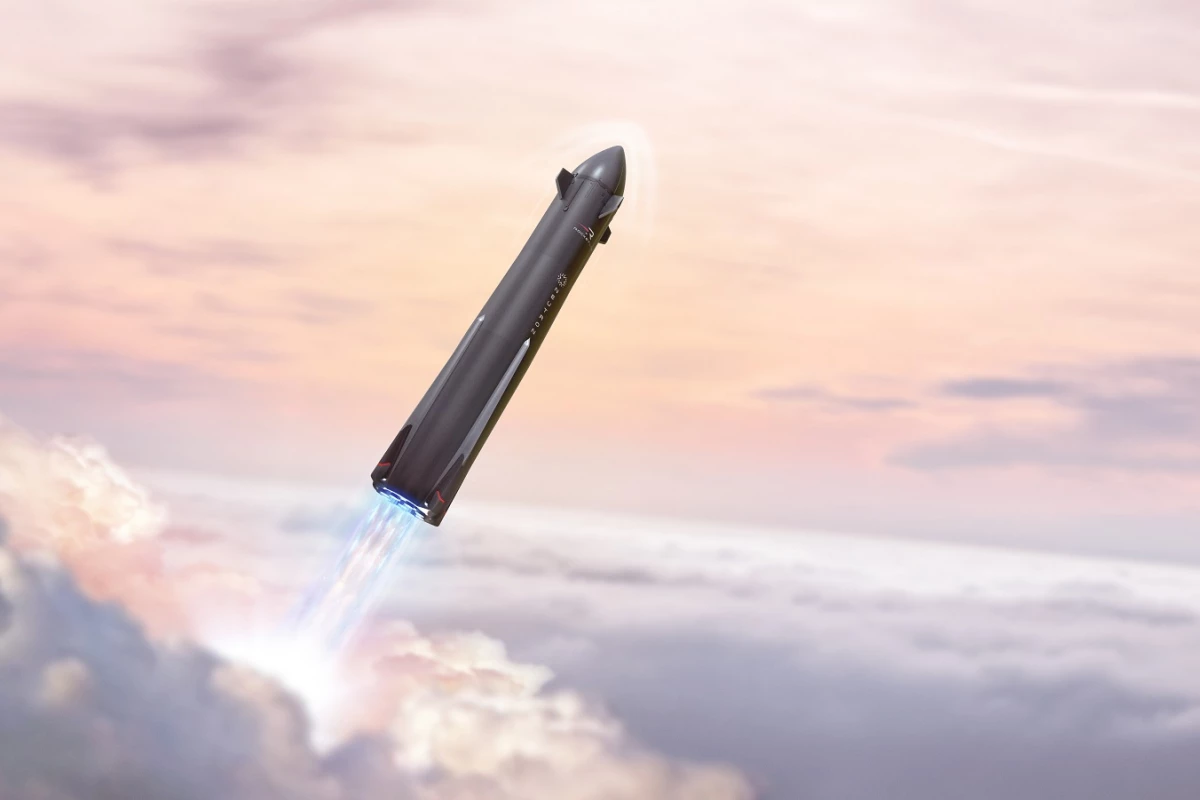The US Air Force is investing in a transport system that could one day deliver 100 tonnes for cargo or personnel by rocket to any spot on Earth in under 90 minutes. Unimaginatively called Rocket Cargo, it may begin preliminary tests next year.
Dutch computer scientist Edsger Wybe Dijkstra once said, "There are only two worthwhile speeds: instantaneous and walking." We aren't quite there yet, but the US Air Force Research Laboratory (AFRL) wants to push one end of the spectrum a bit closer to the instantaneous point with its Rocket Cargo project.
Part of the Rocket Experimentation for Global Agile Logistics (REGAL) program, Rocket Cargo seeks to develop a commercial reusable transport rocket that is capable of boosting into suborbital trajectory and landing anywhere on Earth in 60 to 90 minutes. Not only that, the final vehicle is expected to have the cargo capacity of a Globemaster III transport plane. That's 77 tonnes of groceries at one go.

Of course, there's more to this than just building a rocket with a large payload capacity – even one that's capable of a powered landing and is reusable. That sort of thing is already well underway with several companies. What REGAL aims at is a complete logistical system as functional and fully integrated as any military air transport wing.
In other words, imagine a rocket that could carry a complete US Marine detachment or a humanitarian relief shipment from Vandenberg Space Force Base to Outer Nowhere on the other side of the planet in less time than it would take me just to get to the airport and at a cost comparable to traditional air cargo operations.
As part of this effort AFRL has just signed an agreement with Rocket Lab USA to conduct an orbital flight no earlier than 2026 that's described as a survivability test. Using one of Rocket Lab's Neutron medium-lift reusable rockets capable of carrying a payload of 13 tonnes, the mission will be put into a trajectory similar to one used in a transport mission and data will be collected to construct future vehicles best able to conduct such missions with a minimum of problems.

The survival mission will consist of a controlled reentry during which telemetry will monitor temperature, pressure, acceleration forces, heat flux, effects on structural elements, materials, and vehicle systems up to the landing and recovery phase. These will be used to validate future mission models and to ensure the safety of any payload carry. This is especially important if passengers are included in the manifest because human-rated rockets must work within very strict tolerances because humans go a bit squishy when things go wrong.
"Neutron is a powerful new launch option that will set a new standard for performance, affordability, and reliability for government and commercial space users in medium launch," said Sir Peter Beck,Rocket Lab founder and CEO. "This opportunity for the US Air Force not only helps to advance space logistics, it also demonstrates a high degree of confidence by the DOD in Neutron’s capabilities. Anticipation is high for Neutron’s inaugural flight this year, and we’re excited to showcase Neutron as a platform for R&D for point-to-point logistics for the DoD."
Source: Rocket Lab USA








